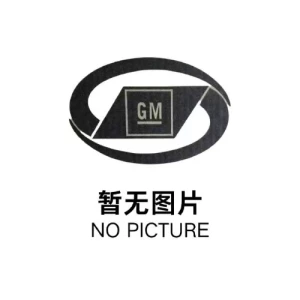Lubricant: A Comprehensive Guide for Buyers and Suppliers in 2025
Lubricants play a crucial role in reducing friction and wear between moving parts, ensuring smooth operation and longevity of machinery. Whether you're in manufacturing, automotive, or any industry that relies on machinery, understanding lubricants is essential. This guide will help you navigate the world of lubricants, from types and functions to sourcing and selection.
How to Find Reliable Lubricant from China in 2025
China is a leading supplier of lubricants, offering a wide range of products at competitive prices. To find reliable suppliers, consider the following:
- Check supplier credentials and certifications (e.g., ISO, API).
- Request product samples to test quality.
- Read customer reviews and testimonials.
- Verify manufacturing capabilities and production capacity.
Platforms like Alibaba can help you connect with reputable suppliers, but always conduct due diligence.
What Buyers Should Know Before Buying Lubricant from China
Before purchasing lubricants from China, buyers should be aware of:
- Import regulations and customs duties in your country.
- Shipping and logistics options (e.g., air, sea, or land).
- Minimum order quantities (MOQs) and pricing structures.
- Payment terms and methods (e.g., T/T, L/C).
Working with a local agent or sourcing company can simplify the process.
Types of Lubricant
Lubricants come in various forms, each suited for specific applications:
- Mineral Oil-Based Lubricants: Derived from petroleum, cost-effective, and widely used.
- Synthetic Lubricants: Engineered for high-performance applications, offering superior stability and longevity.
- Biodegradable Lubricants: Eco-friendly options made from renewable resources.
- Greases: Semi-solid lubricants ideal for high-load or slow-moving parts.
Functions and Features of Lubricant
The primary functions of lubricants include:
- Reducing friction and wear between moving parts.
- Dissipating heat to prevent overheating.
- Protecting against corrosion and rust.
- Sealing contaminants to keep machinery clean.
Advanced lubricants may also offer features like extreme pressure (EP) additives or anti-foaming properties.
Scenarios of Lubricant
Lubricants are used across various industries:
- Automotive: Engine oils, transmission fluids, and greases.
- Industrial: Hydraulic fluids, gear oils, and compressor oils.
- Marine: Specialized lubricants for ships and offshore equipment.
- Aerospace: High-performance lubricants for aircraft engines and components.
How to Choose Lubricant
Selecting the right lubricant depends on several factors:
- Application: Match the lubricant to the specific machinery or equipment.
- Operating Conditions: Consider temperature, pressure, and load.
- Compatibility: Ensure the lubricant is compatible with materials and other lubricants in use.
- Environmental Impact: Opt for biodegradable or low-toxicity options where required.
Lubricant Q & A
Q: What is the shelf life of lubricants?
A: Most lubricants have a shelf life of 2-5 years when stored properly in sealed containers away from extreme temperatures.
Q: Can I mix different types of lubricants?
A: Mixing lubricants is generally not recommended as it can alter performance and compatibility.
Q: How often should I change my lubricant?
A: Follow the manufacturer's recommendations, but factors like operating conditions and contamination levels may require more frequent changes.
Q: Are synthetic lubricants better than mineral oils?
A: Synthetic lubricants offer superior performance in extreme conditions but may be more expensive. Choose based on your specific needs.
Q: What certifications should I look for in a lubricant?
A: Look for certifications like API, ISO, or OEM approvals to ensure quality and compatibility.



























